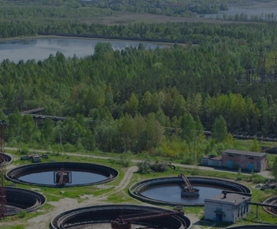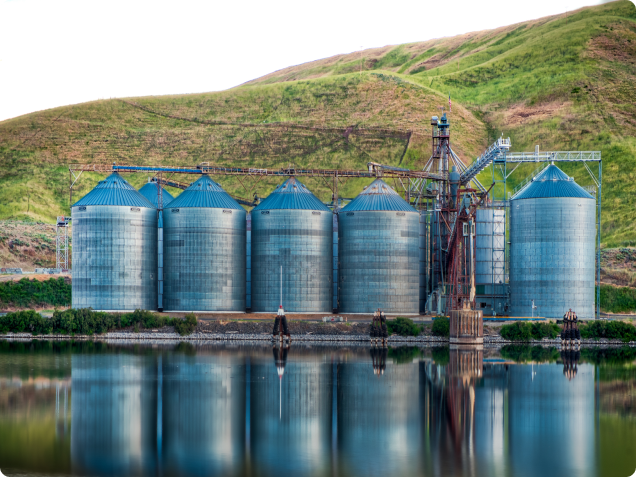The Sequencing Batch Reactor (SBR) is an activated sludge process designed to operate under non-steady state conditions. SBR reactors treat bio-solids, sewage, sludge or other output from aerobic or anaerobic digesters in batches.
The SBR system can be designed with the ability to treat a wide range of influent volumes whereas the continuous system is based upon a fixed influent flow rate. Thus, there is a degree of flexibility associated with working in a time rather than in a space sequence. Advantages includes easy and compact construction, control in time, selection of well settling sludge (‹integrated select.


CyndiTM is a highly automated advanced cyclic reactor type using a specially developed very compact flocculent sludge. The process is to be applied for full BOD, removal, full nitrification, high rate of denitrification and biological P removal.
CyndiTM is a cyclic technology incorporating the so called “selector principle” and very special simultaneous denitrification during aeration.The short cycle times (3-4 hours, these can be changed) allow for a very flexible, effective operation and minimum decanting depths. Feeding is absolutely continuous, to both- or to one tank of the two, while discharging is discontinuous.
Advantages
Our process has the following important advantages over comparable activated sludge processes, which also provide full BOD removal, full nitrification, denitrification and efficient biological surplus P removal:
- Lower investment costs through:
- Less level fluctuations, smaller tanks, and higher MLSS (sludge concentration) is possible.
- Compact footprint minimum piping needed.
- Compact footprint minimum piping needed.
- No separate final clarifier, so reduced equipment-, structural-, and piping costs.
- The increased capacity can still fit into 2 existing biological tanks (with necessary modifications), no need to build new SBR tank.
- Low OPEX and Maintenance costs for substantial Life Cycle Cost saving through: o Minimal operator attention through automatic control and operation. o Unique low energy demand thanks to lack of mixers and the RRC system. The RRC system automatically reduces the aeration time to fit changes of the inlet loading.
- Less mechanical and process equipment.
- Excellent and stable sludge quality, very well settling sludge (low SVI: 60-90 ml/g).
- High level of automation and a flexible, very sophisticated process control system, evolved through many years to automatically handle emergency situations, eliminate human mistakes.
